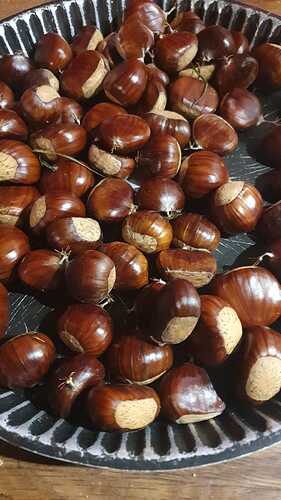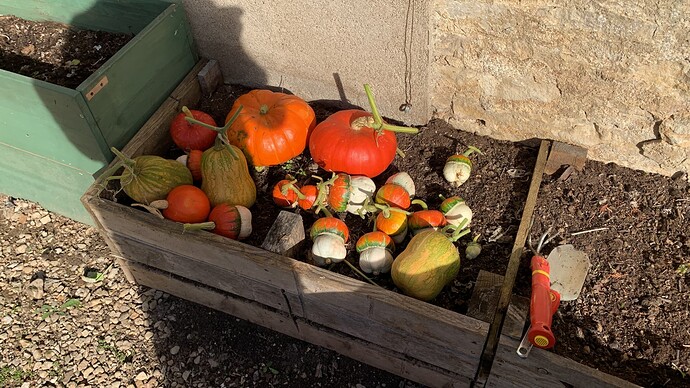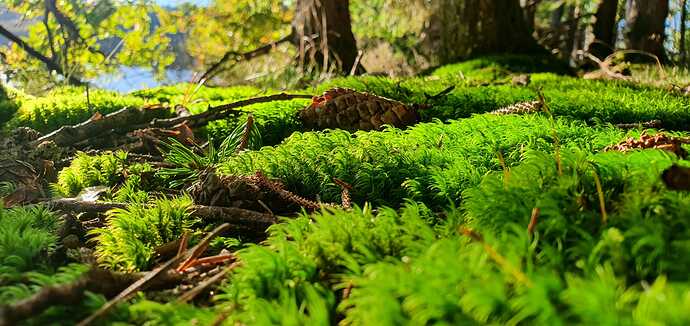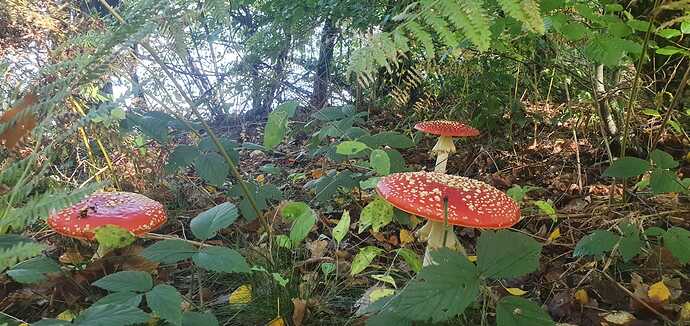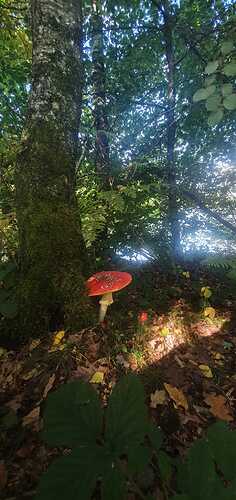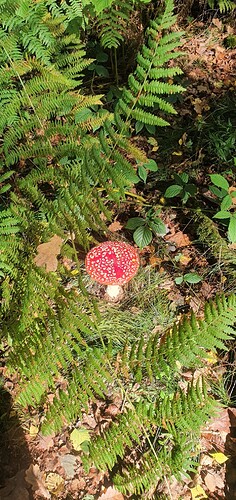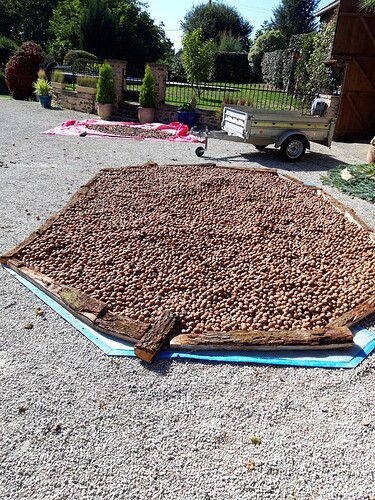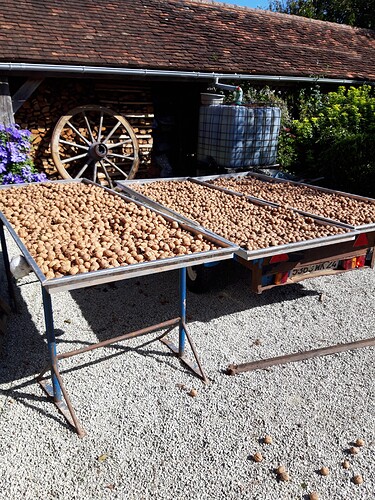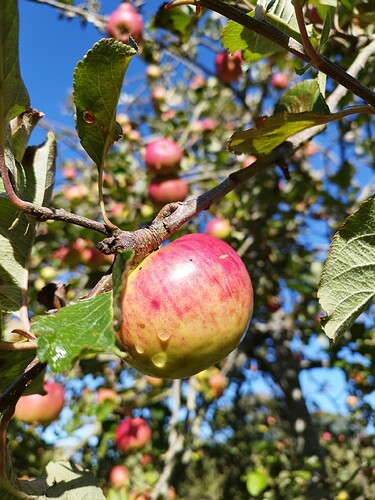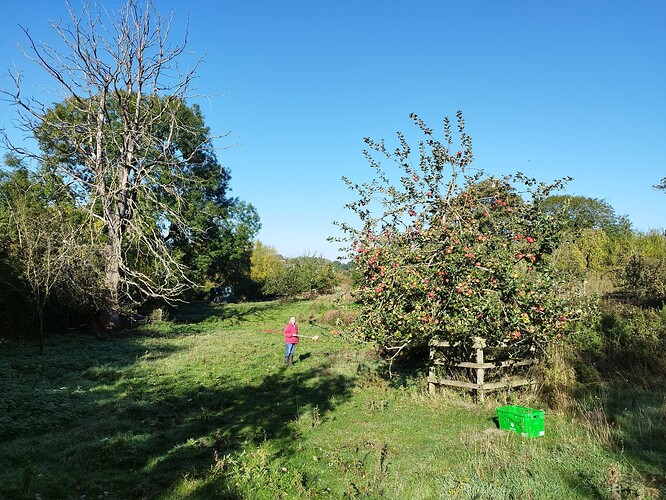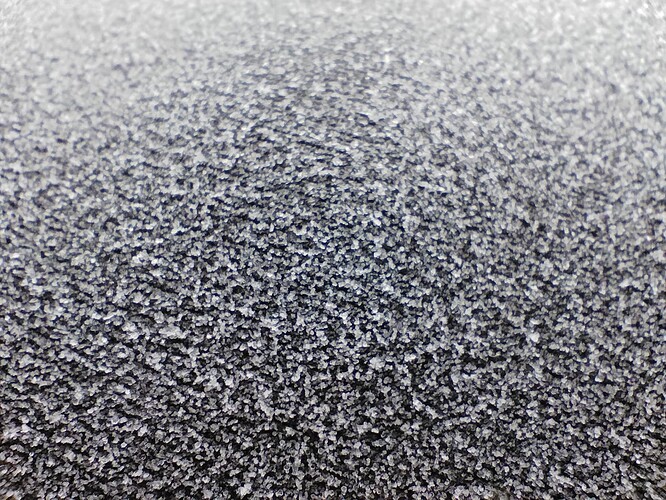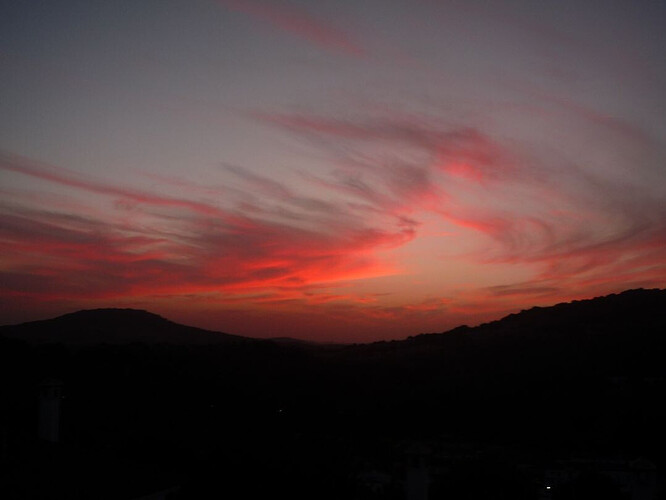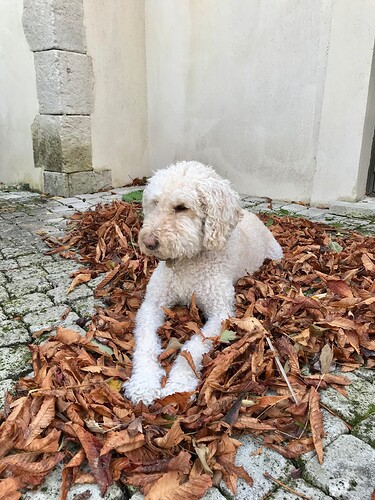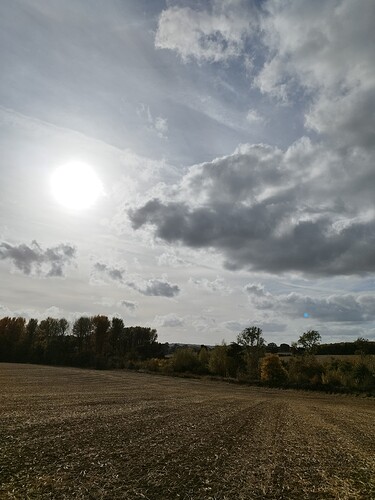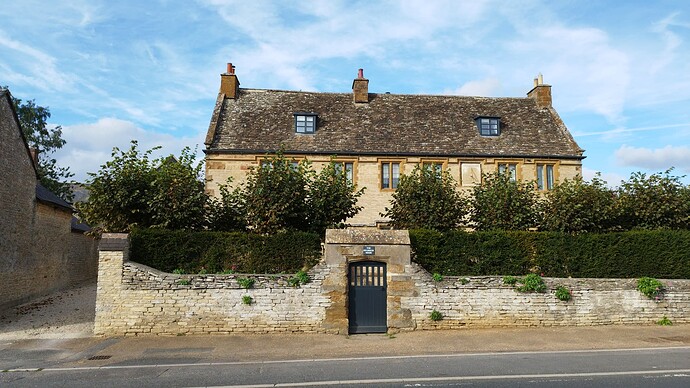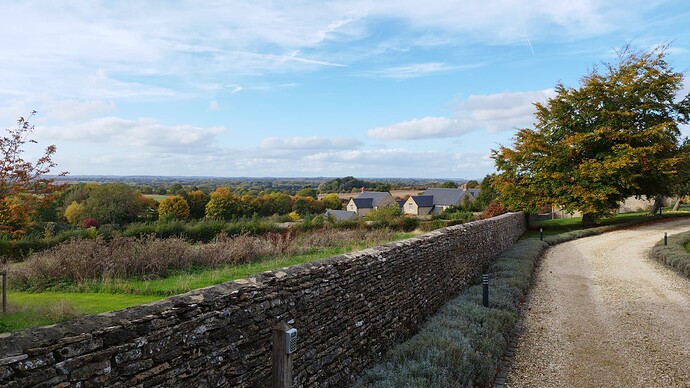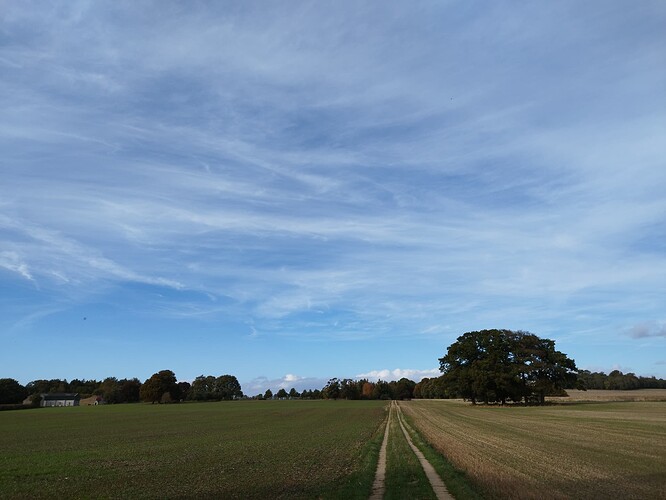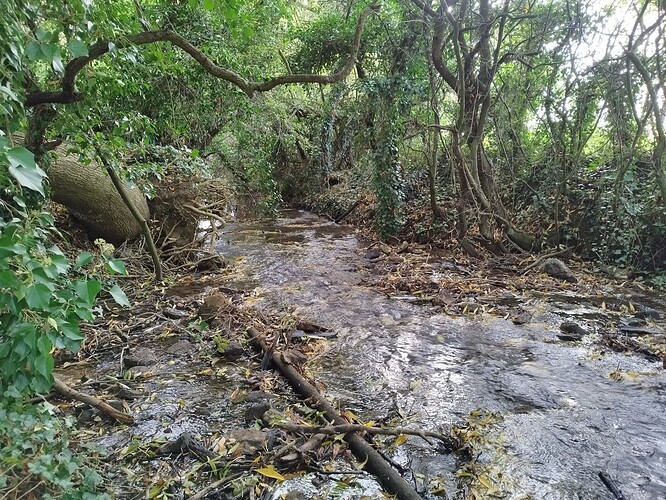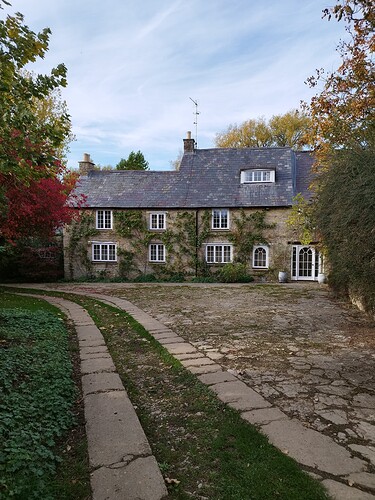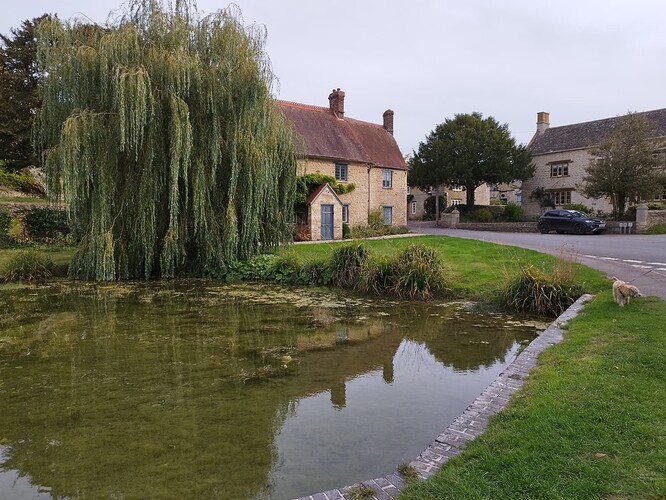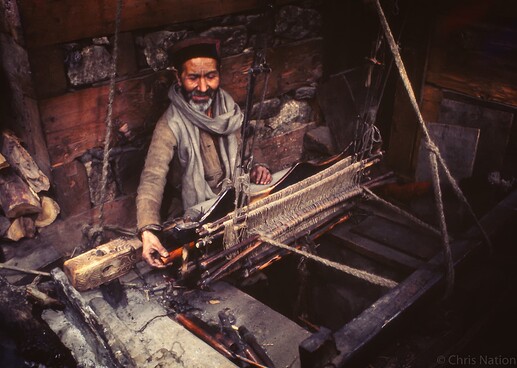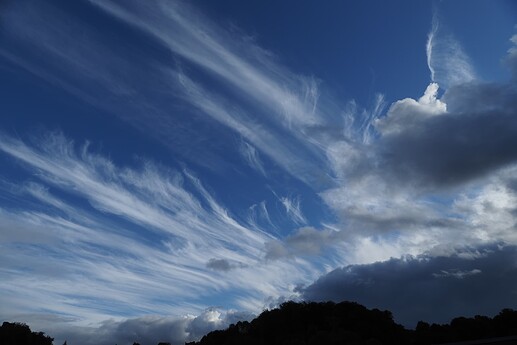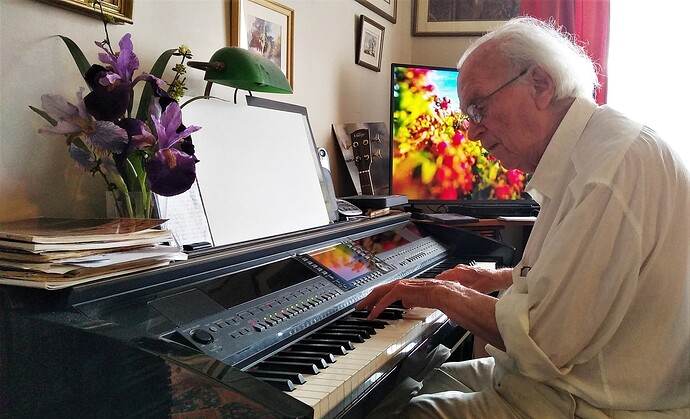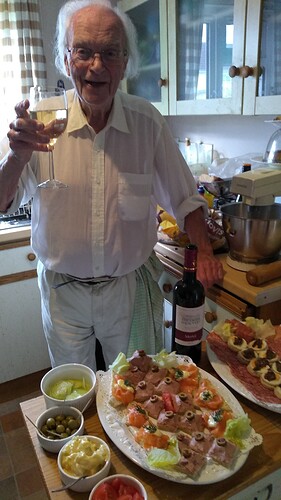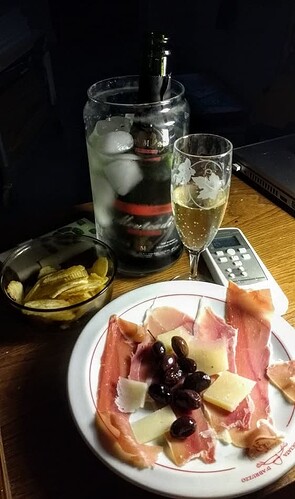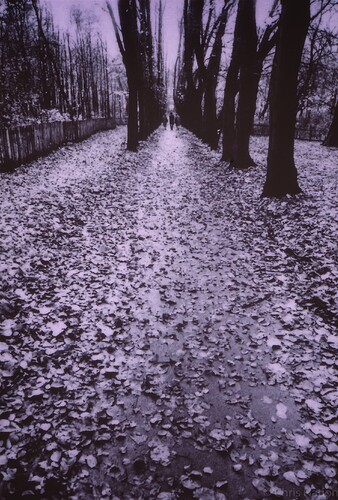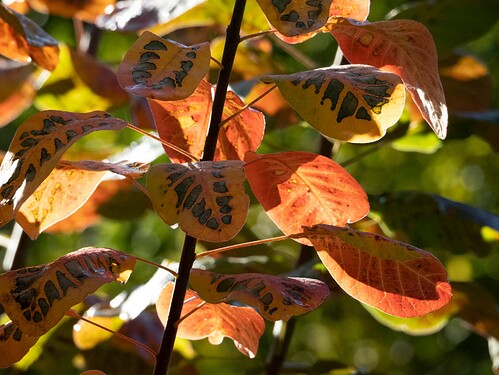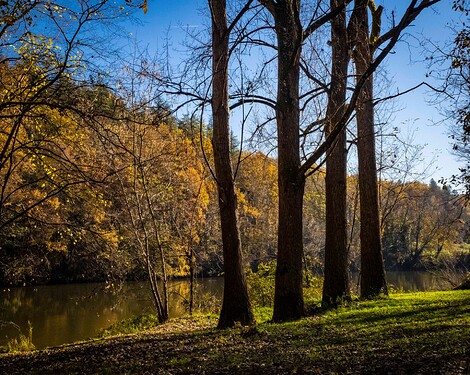We’ve got loads of the red ones, they look good enough to eat 

Makes my measly one fruit crate of nuts pale in comparison…
Enjoyed a nice walk around Aynho and Souldern in Oxfordshire this afternoon.
All straight from the phone.
I wouldn’t knock it - phones today generally offer outstanding image quality - I suspect rivalling 35mm SLRs in most cases (though today’s full frame, APS and four thirds frame devices are capable of even more stunning images).
Modern phones are at least as good as older compacts for quality, and I use mine as a kind of sketchbook that’s handy for posting online without fiddling around. It’s just that with a bit of careful processing these could be nicer, but that wasn’t really going to happen if I was going to post these this evening.
And checking that first image, I can see on my computer screen that it completely failed to focus - not obvious on a 6" screen. 
Not possible. A 36mm x 24mm frame of Kodachrome or Ektachrome 64 can be blown up to a 48 sheet billboard and in my experience was, frequently.
Oddly enough Kodak never accepted that Kodachrome was a professional standard emulsion though they set up a 24 hr turn-around for KII for pros.
National Geographic, for one, refused any submissions not shot on Kodachrome, as I found after submitting a folio shot on Ektachrome, although of a locality of Himachal Pradesh, India, inside the militarised zone and last visited by a European in 1938.
When I asked the Nat Geo stringer in the office upstairs why they sent it all back he said “You have to learn to shoot wide open at 1/4 sec” Which I can, without I.S.
But I have at last traded my Nik 35 mm gear, after 50 years, for Olympus 4/3 and am amazed. There is now longer any technical reason for anyone whose job does not depend on ultimate detail/resolution to tote full frame or larger.
As for the autumn, the trees of the woods opposite my house are getting ready to put on their gala performance.
Meanwhile, the equinoctial sky provides the entertainment.
Though the viewing distance meant that was not much different to an 8x10 at arm’s length. The halftone screen alone on those things makes each “pixel” several mm across.
Velvia resolves 160 lines/mm, say 320pixels/mm so 11520x7680 or 88MP - a bit above most phones but not radically so - the Pixel 7 pro has a 50MP main shooter.
However, I did say “in most cases” and I’ll stick by that.
For one thing not all film is Velvia - Fujicolour Pro was 125 lines/mm, Kodakrome was probably about 80-100 (so ~32MP).
More to the point lens systems in the days of film SLRs were nothing like the quality of today’s lenses. IS and AF was unheard of, aspherical elements uncommon - I’d say the lens was the limiting factor in resolution rather than the film - it still is typically but the camera designers know the exact sensor characteristics of a given camera and can design precisely to it when building an integrated system, and even to an extent with interchangeable lenses.
So, most SLR shooters were not approaching 100lpm images across the frame, film is insensitive compared with modern sensors (which can reach ISO 64k** and above on full frame cameras) and AF+IS means more shots are going to be in focus.
Pixels aren’t everything of course, 50MP on a phone (I’m not even sure if the Pixel 7 outputs 50MP) probably isn’t equivalent to 50MP of Fujicolour Pro - but I still think an average “enthusiast” SLR from the film era would only just match good phone sensors today.
Pros, well that’s different - if you were in a position with lenses to get the most out of Velvia, yes, you could beat today’s sensors but only just, the Sony AR7 IV, for instance has a 61MP sensor.
Anyway photography isn’t about pixels or l/mm, it’s about taking photos. I’m a terrible photographer to be honest, however expensive the equipment in my hand. Judging by what I’ve seen of yours - you’d get a good shot out of an Instamatic.
** Edit - technically the sensors do not have a “native sensitivity” of ISO 64k but are “boosted” by signal amplification and image processing, but Velvia was something like ISO 20 IIRC, and Kodakrome 64 (again IIRC) - you could “push” film in the development to achieve higher ISO at the expense of more grain but today’s sensors are several stops more sensitive for similar resolutions and can be “pushed” much further without totally losing image quality thanks to image processing. Also modern 12 and 14-bit sensors equal or exceed film dynamic range.
Very kind of you. I do try. And I have to admit that my phone camera gets to take shots that later I do wish I’d shot with something better.
This is a good example. As a snap/portrait of a jazz piano player who’se just put together a fab lunch of canapes [not sofas!] I
The lunch!
A phone and a 10€ desk lamp. I am constantly amazed at what the results can be,
Not exactly autumnal, more winter. ‘The Lime Walk. Holland Park. London. GB.’
Absolutely beautiful! You both clearly have an eye (or 4) for the artistic perspective. The images speak to not only you but to all of us.
As a majestic gentleman of photography, Norman Parkinson, said
“The only thing that gets in the way of a good photograph, is the camera.”
FWIW I’d consider the image quality from the Sony A7III I usually use to be very similar to that of the Bronica outfit I used in the 80s.
But there’s more to an image than sharpness or resolution, and I find images shot in larger formats more pleasing, having more of a 3D quality than those from smaller sensors. I also like the ability to control depth of field of focus a little more than is possible with the smaller formats. On another forum one of the guys did some test shots of the same scene with a D810 and an E-M1, and in blind testing the difference was obvious even at web sizes - though not to everyone.
I still shoot a little film, but mono. At some stage it would be nice to get the Bronica out again.
Just to add, this is an example of where I like the larger format/shallower depth of field.
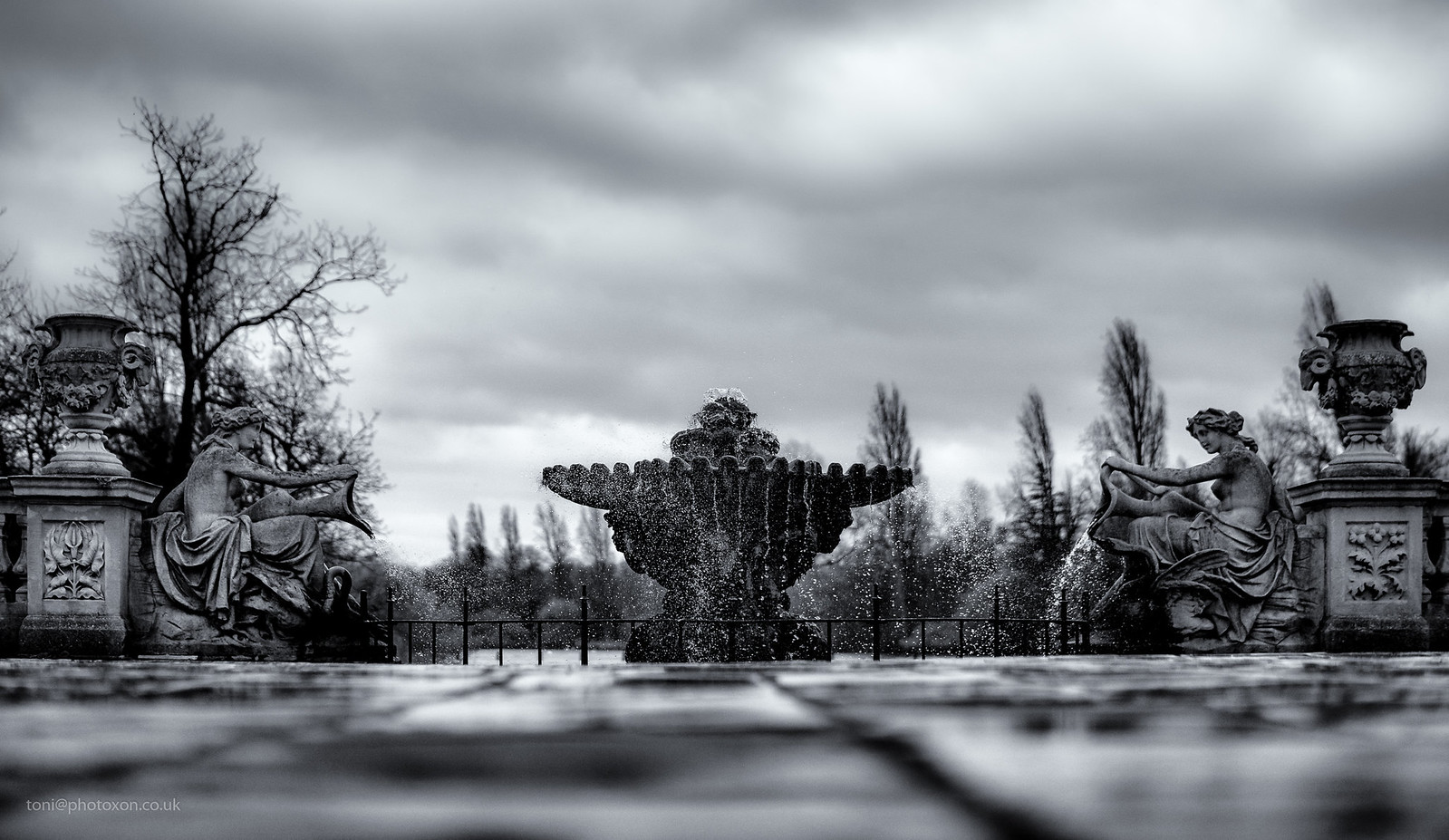 Dance on the wind by Toni Ertl, on Flickr
Dance on the wind by Toni Ertl, on Flickr
Lovely - good old b&w…
Thank you. I often find colour to be a bit too busy.
A great guy. Wonderful fashion photographer.
I was fortunate enough to spend some time working with Parks, back in mid 1980’s. Skipping about like a Spring lamb at age I am now, 73. I have a Poloroid test shot of me taken by Parks somewhere.
He did some fur coat shots in Brighton Pav’n. The model - I forget who - was specially flown in from NYC, one of the earliest examples of such.
She was wearing nothing under the coat, which was floor length. Every now and again, as she moved, Parks would say “Whoops love! I can see 50p worth of retouching there!” and “Whoa! That’s five quids’ worth of retouching!”
I arrived at the photo lab just as his engagement shots of Princess Ann and Capt. M. Phillips came to the front desk. Apart from the lab guys, I was the first person to see them. [Big deal ![]() ]
]
He said “We take the work seriously but we do not take ourselves seriously”
I always used to buy his sausages - 'Porkinson’s’ in the UK s/mkts. He dreamt them up because he could never get a decent banger at his home in the Windies.
Indeed. A photograph should be created before the camera reaches your eye. Alfred Hitckcock said that actually shooting the film was boring. He had the whole thing done in his mind, on the storyboards.
